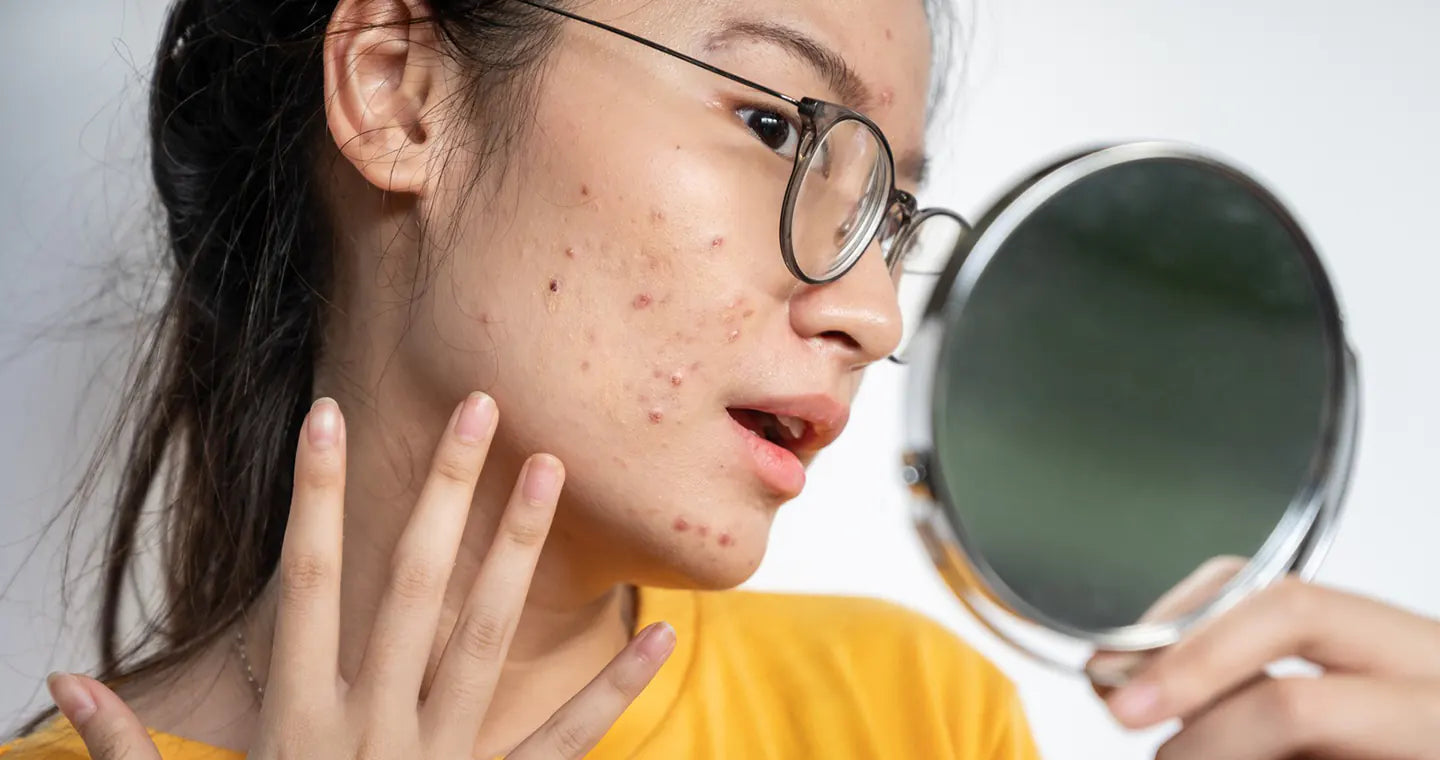
Clinical Treatment Options for Acne Management
Acne is a common skin condition experienced by many Australians at some point in their lives. Its severity and duration can vary significantly between individuals. This guide provides educational information about acne, including its types, potential contributing factors, and professional procedures that are sometimes considered for management.
Acne can occur at any age, including during adolescence, adulthood, and occasionally in infants. The appearance and distribution of acne lesions depend on factors such as hormone levels, skin type, and individual physiology.
The goal of professional acne treatments is generally to support the skin’s natural processes and address specific concerns that may arise. The effectiveness of any procedure can vary between individuals, and suitability should be determined by a qualified healthcare professional.
This guide outlines common acne types, factors that may contribute to acne, and professional procedures that may be discussed with a trained practitioner. It is intended for educational purposes and does not imply guaranteed outcomes.
What Is Acne?
Acne is a skin condition in which pores become clogged with oil, dead skin cells, and, in some cases, bacteria. It can manifest in different forms, and the severity of symptoms varies between individuals.
Common types of acne include:
-
Whiteheads: Raised, flesh-coloured bumps caused by clogged pores.
-
Blackheads: Open clogged pores with a darkened appearance due to oxidation of debris.
-
Pimples: Inflamed bumps that can be red or swollen, resulting from accumulation of oil, dead skin, and bacteria.
-
Acne cysts: Deeper, inflamed lesions that can be more pronounced and sometimes painful.
The type and severity of acne are influenced by genetics, hormones, environmental factors, and individual skin characteristics.
Factors That May Contribute to Acne
Several factors can influence the development or severity of acne, including:
-
Hormonal changes during puberty, menstruation, pregnancy, or menopause.
-
Genetics and family history of acne.
-
Skin type and natural oil production.
-
Environmental factors such as sun exposure, stress, and lifestyle.
-
Diet and nutritional intake, including processed foods, dairy, and high-glycaemic foods.
While these factors may contribute to acne, the specific impact can differ for each individual.
Professional Procedures Often Discussed
Qualified healthcare practitioners may discuss several professional procedures for acne or acne-related concerns. These procedures are performed in clinical settings and are considered on a case-by-case basis. Results and suitability vary.
Medical-grade facials and chemical peels
Medical-grade facials and chemical peels are professional skin procedures performed by qualified practitioners in a clinical setting. These treatments are different from over-the-counter facials or peels and are considered as potential options to support skin management.
During a professional chemical peel, a qualified practitioner may apply a controlled chemical solution to the skin. The solution is intended to support exfoliation of surface skin cells and is performed according to the practitioner’s clinical assessment. Effects vary between individuals.
Some chemical peels are sometimes discussed for individuals with acne-related skin concerns, including scarring. Examples include salicylic acid or similar peels, which are administered under professional supervision and may be considered to support skin appearance. Responses to treatment differ between individuals.
Glycolic acid peels are another type of professional peel occasionally discussed for their effects on skin texture and tone. The procedure is performed in a clinical setting, and outcomes can vary depending on individual skin characteristics and practitioner assessment.
Medical-grade facials performed by trained practitioners may involve skin cleansing, steaming, and exfoliation. Additional steps, such as extraction of whiteheads or blackheads and application of topical products like masks or moisturisers, are provided under clinical guidance. The suitability and response to these procedures differ between individuals.
Platelet-Rich Plasma (PRP)
-
Involves using a small amount of the patient’s blood, processed in a clinical setting.
-
PRP may be applied during certain skin treatments to provide an additional element that practitioners may consider for skin health.
-
Suitability and effects vary between individuals.
LED Light Therapy
-
Uses blue or red wavelengths of light to interact with the skin under controlled settings.
-
Blue light may be considered for reducing bacterial activity.
-
Red light may be discussed for its potential effects on skin inflammation and irritation.
Medical-grade skincare
-
Products may contain active ingredients such as retinoids, which are derived from vitamin A.
-
Skincare routines are tailored to individual skin type and condition, with guidance from a qualified practitioner.
Subcision
-
A procedure where a qualified practitioner inserts a small needle into the skin under controlled conditions.
-
Can be considered for improving the appearance of specific acne-related scars.
Microneedling
-
Uses fine, sterilized needles to create controlled micro-injuries in the skin.
-
May be considered as an option to support skin healing and texture.
-
The procedure is performed by trained professionals, and effects vary between individuals.
Dermal Fillers
-
Involves injections under professional supervision to adjust the surface of certain skin areas.
-
May be discussed for specific types of acne-related skin depressions.
- Suitability and outcomes vary and are assessed individually.
Schedule A Consultation Today
If you are considering professional support for acne or acne-related scarring, a consultation with a qualified health practitioner can provide guidance. At Flawless Aesthetics, trained cosmetic doctors can discuss appropriate options based on individual considerations. Please contact the clinic to discuss your needs and schedule a professional consultation.

